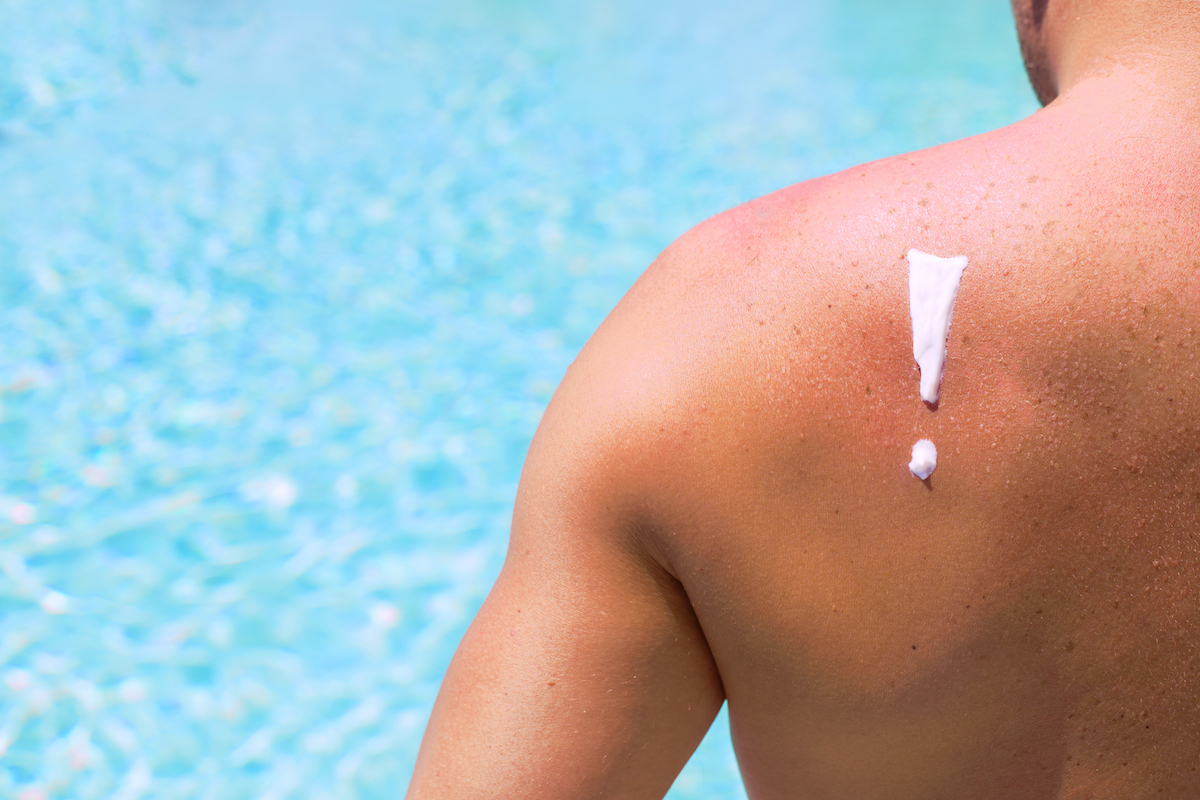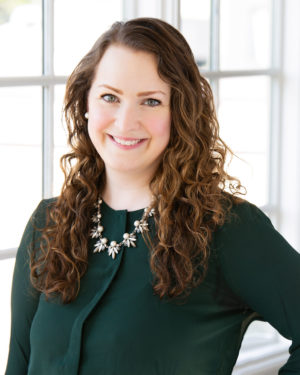
Summer is just around the corner, which means it’s time to stock up on sunscreen. However, with all the conflicting information out there, it can be hard to know what’s true and what’s not when it comes to protecting your skin from the sun’s harmful rays. Tryon Medical Partners dermatologist Dr. Erin Hodges is here to help debunk some common sunscreen myths for a safe and sunburn-free summer.
MYTH #1: You only need a little sunscreen to get the job done.
FACT: Most people only use less than half of the amount of sunscreen they should be using. For the best UV protection, you should be applying the equivalent of a shot glass (two tablespoons) of sunscreen to the exposed areas of the body. For the face, a nickel-sized dollop should do the job. Choosing an SPF of 50 or higher can help to compensate for using slightly less sunscreen.
MYTH #2: If you apply once, you’re good to go for the day.
FACT: Sunscreen needs to be reapplied at least every two hours. More frequent reapplication is needed after swimming, perspiration or toweling off.
MYTH #3: Sunscreen works just as well on wet skin.
FACT: Sunscreen is designed to work most effectively on dry skin. If applied to wet skin, the sunscreen may not be blending into your skin appropriately. Make sure to towel off thoroughly before applying sunscreen.
MYTH #4: Spray sunscreen works just as effectively as the lotion.
FACT: Unless you spray extensively and take the time to rub it in, spray sunscreen will offer inadequate protection. After applying a spray sunscreen, it is important to make sure it is glistening on the skin before rubbing it in to ensure an even layer of coverage.
MYTH #5: If you’re not turning pink, you’re not burning.
FACT: Even if you apply sunscreen, you can burn. Depending on your skin type, you may be burning before it’s visible. As soon as you feel uncomfortable, take a break from the sun.
MYTH #6: If you’re wearing sunscreen, tanning is fine.
FACT: While sunburns are most harmful, tanning is also damaging to your skin and increases your chances of developing skin cancer. Dr. Hodges says it is best to avoid sun exposure as much as possible, including getting any sort of tan.
Dr. Hodges emphasizes how important it is to use sunscreen correctly. “Sunscreen is one of our most effective tools in avoiding sunburns,” she says. “For every five sunburns, your risk of melanoma doubles. One blistering sunburn can double your risk of melanoma.”
If you have more questions about sunscreen or want to schedule your annual skin cancer check, book an appointment.

